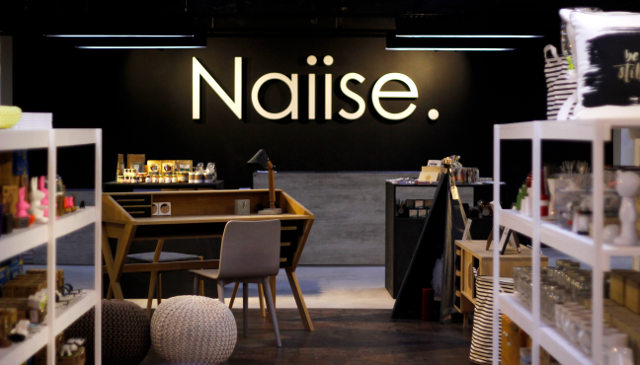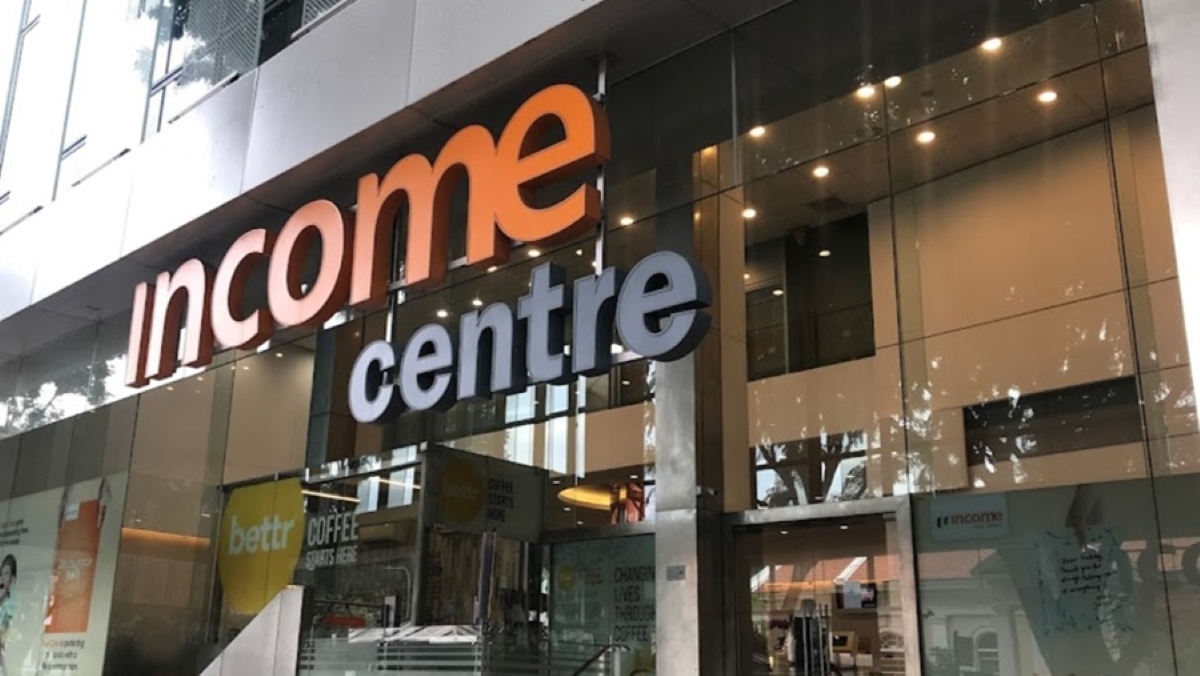We all know about the depressing state of affairs of retail in Singapore.
Perhaps the most obviously hit are brick-and-mortar retailers, and mall vacancies have been found to be at an all-time high since 2006.
This is in spite of a decline of rental rates by 1.5%.
A recent report by TODAY also revealed that it’s not just prime shopping districts like Orchard Road who have felt the brunt – even those in suburban areas (like your neighbourhood malls Jurong Point, Nex and AMK Hub) have also needed to resort to measures like promotions to retain their quickly dwindling customer base.
While it’s easy to jump the gun and assume that online retailers are gleefully gaining all the customers that brick-and-mortar lost and are the main players in its downfall, reality is far from that.
In an article published this morning, online retailers have come out to reveal that the retail slump and falling rental rates have actually given them a chance to take their business offline as well.
For example, both HipVan and Naiise opened their flagship stores (11,000 and 8,500 sq ft each respectively) at The Cathay in Dhoby Ghaut recently.

And they’re not the only 2 that aren’t shying away from prime retail areas – Reebonz, Love Bonito and Ohvola are other retailers who have taken up short stints in the offline medium in the form of pop-up stores.
Landlords have also, according to a Naiise spokesperson, been “more willing to liaise with small businesses and provide more affordable rentals”, as the presence of more unique concepts tend to make malls more attractive to consumers who have grown to become sick of chain stores.
Online retailers too, have benefitted from the online x offline arrangement, with Naiise reporting that its six retail stores combined have generated more revenue than its online store.
Reebonz, an online retailer which specialises in high-end products, also mentioned that going into the physical store arena was a “natural extension of [their] omni-channel strategy”.

However, one needs to realise that these online retailers have been emboldened by low rental rates brought about by the sharp increase of vacancies and exits, so if more were to jump on board the online-offline arrangement, rental rates would, by the laws of economics, rise once again.
But that doesn’t mean we should once again fall back into the false dichotomy of “online-versus-offline”, because both can actually bring out the best of each other – but brands can no longer be lazy and focus on their efforts in just one area.
Some companies, regardless of roots, have managed to master the fine art of making the most out of their on and offline operations – here are some pointers we took from their examples.
1. Ramping Up On The Branding, Making Every Store Visit An Experience
This is where owners can take a leaf out of Apple’s book.
Apple has a robust online store which offers whatever a buyer might need, but there is still a certain magic that lures consumers (even those initially disinterested ones) to their pristine, brightly-lit flagships like moths to a flame – even if they might not purchase anything on the spot.
Their offline stores and even web stores are designed are just like their products – minimalist and clean, and this falls in very well with their branding, one that many consumers have fallen in love with over the years.

While the opening of the official Apple store in Singapore is still in limbo as of today, the excitement surrounding its announcement last year was a clear indication that to consumers, brick-and-mortar isn’t dead – it just needs to be exciting and enticing.
2. Selling Offline-Exclusive Products
One of the most efficient ways to get Singaporeans hyped up about something is by adding the words “exclusive” or “limited edition” to it.
Don’t believe me? Think about how retailers like H&M have attracted hoards of Singaporeans to their flagship outlet in Orchard whenever they release a new tie-up collaboration.
The products were swept off the shelves as quickly as the glass doors opened, and while not everyone got what they queued long hours for, there’s no doubt that the hype created for the brand could not be replicated if it were done solely online.
In a way, the offline releases of these limited edition products have what been keeping their stores relevant to shoppers and trends, and with all the queues, also makes for very good free publicity.
With everything done offline, there is also a better chance for crowd control, given that staff are physically able to ensure that only a certain number of people are able to enter at a certain time.
Just take a look at the recent Coldplay concert debacle which saw many angry fans unable to purchase tickets from the Sports Hub website.
This brought up several issues about online transactions: 1. servers can be unable to handle the surge, making the process unfair for many; 2. the emergence of the black market, which banks on these loopholes.
While the latter can’t be totally avoided even offline, limiting the number of items one can purchase, and the likelihood of returning to buy more is made slightly more difficult (imagine queueing up again just to buy a few more items).
Besides, which casual fan (or enterprising soul) would have the patience to queue over 3 days for an item they don’t care about?
Thus, it might be wise for retailers to put aside some items that are solely available offline – it will not only bring more footfall to your outlet, it might also cut your website a lot of slack.
3. Being Generous In Letting Customers Try Big-Ticket Items Out
If you’re anything like me, the sheer number of times that an item bought online comes severely lacking is more than enough to displace any trust you would have in online retailers.
This is especially for more pricey items, when the risk gets even bigger.
This is also another reason why stores like HipVan and Reebonz, both of whom have roots in the online arena, have taken up spaces offline – to let potential customers get a feel of what they’re selling, and also to gain their trust in the long run.
Why is trust important, you might ask.
When customers are able to gauge the quality of the products for themselves, and are able to have their questions and grievances addressed there and then, they are more likely to think that a seller has nothing to hide.

Unethical sellers are rife online, but when shop owners let their customers confront them face-to-face, running away from a botched product is made all the more difficult.
It’s not just for big ticket items.
The news of the opening of a store in Orchard Central which allows consumers to explore and handle products funded on crowdfunding platform Kickstarter was received to much fanfare, and it’s no surprise, given that Singaporeans love their Kickstarter-d products.
And if there’s something else online stores can’t provide, it’s immediacy of ownership, and shops that bring the online, off, are a great way to satisfy even the most impatient and skeptical of consumers.
4. Improving On Customer Service, Making Staff Ambassadors Of Products
There’s nothing that can spoil one’s mood for shopping than a bad salesperson.
And we’re not just talking about those who are unfriendly or plain unhelpful – those who talk too much can also be a turn off for many. This is where management has to come in and train the staff to become ambassadors, not mere salespeople.

There’s a fine, yet distinct line between what each term entails – salespeople are only interested in using persuasive language to clinch a deal. An ambassador, however, is able to embody the ‘soul’ of the brand, and give customers the impression that the choice to take on a product is something they themselves want.
While online reviews and help chatbots can answer some FAQs that a potential customer might have, the lack of a human touch in the transaction is something that won’t inspire brand loyalty in the long run.
Having friendly and helpful staff can not only accelerate the time taken for a purchase, it could very well increase the customer’s satisfaction with a product as well.
The False Dichotomy Of “Online Vs. Offline”
It’s easy to assume that the death of retail is caused by more people choosing to shop online, but the dynamics aren’t so simple.
There are many aspects that online retailers will never surpass offline ones in, and it’s up to owners dabbling in either, or both platforms to be smart enough to leverage on their unique plus points.
Featured Image Credit: Naiise








